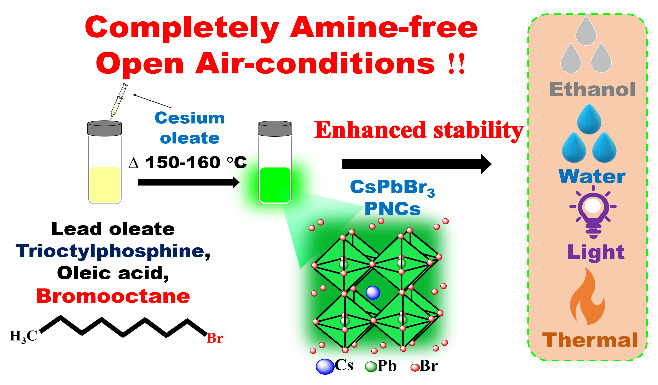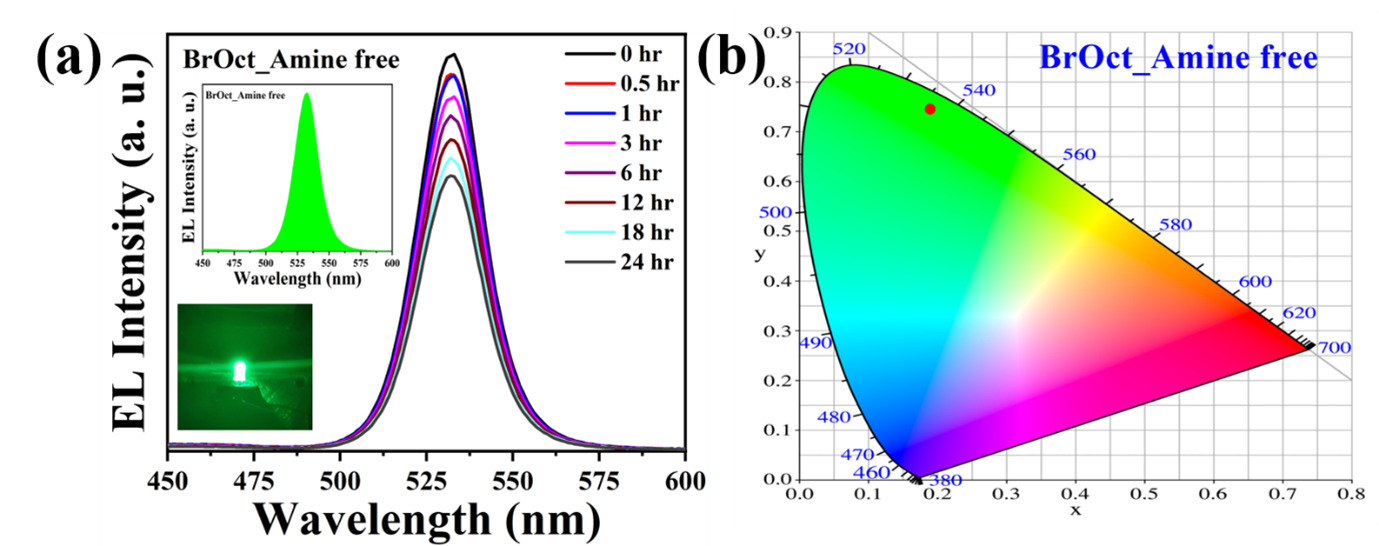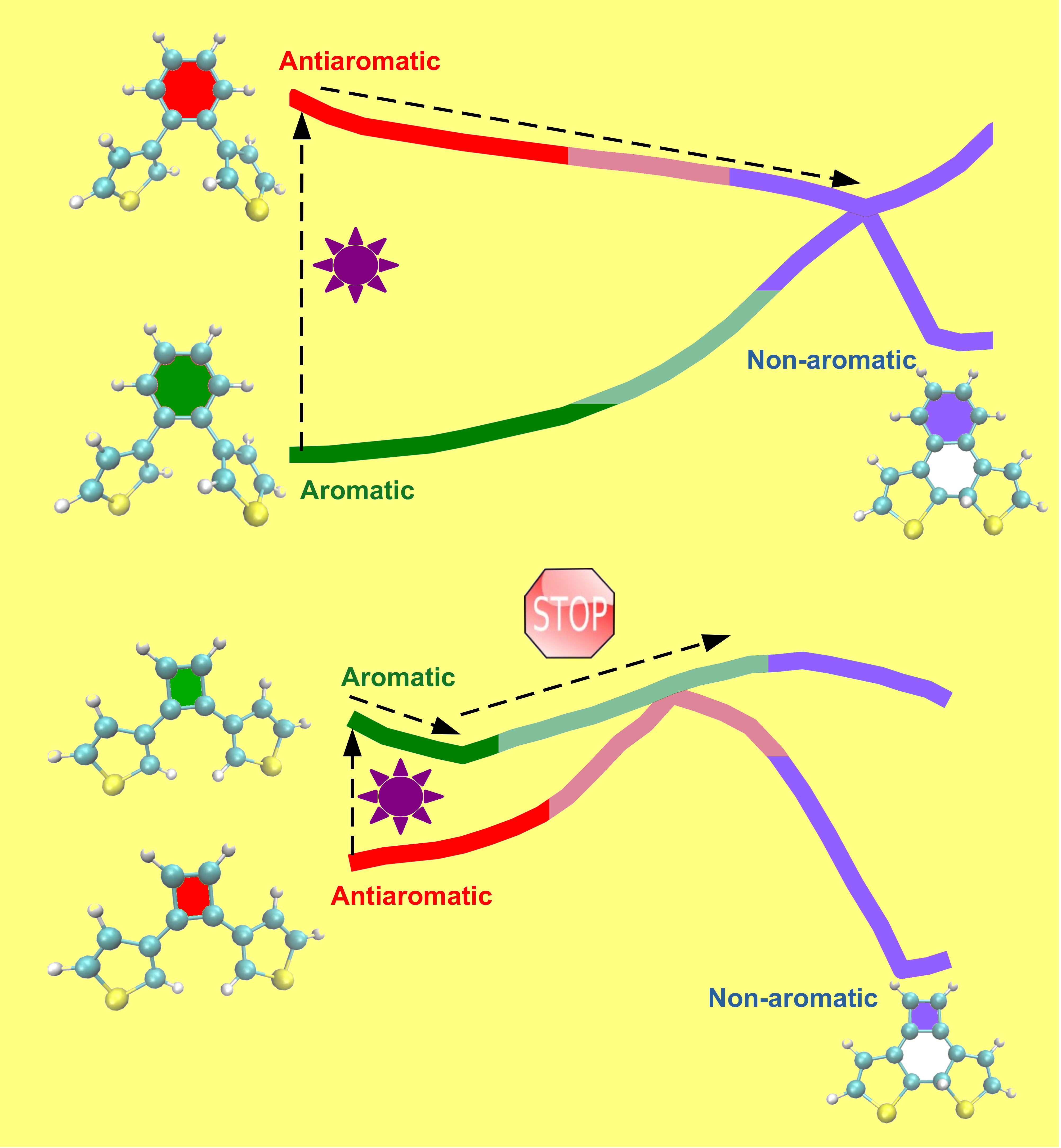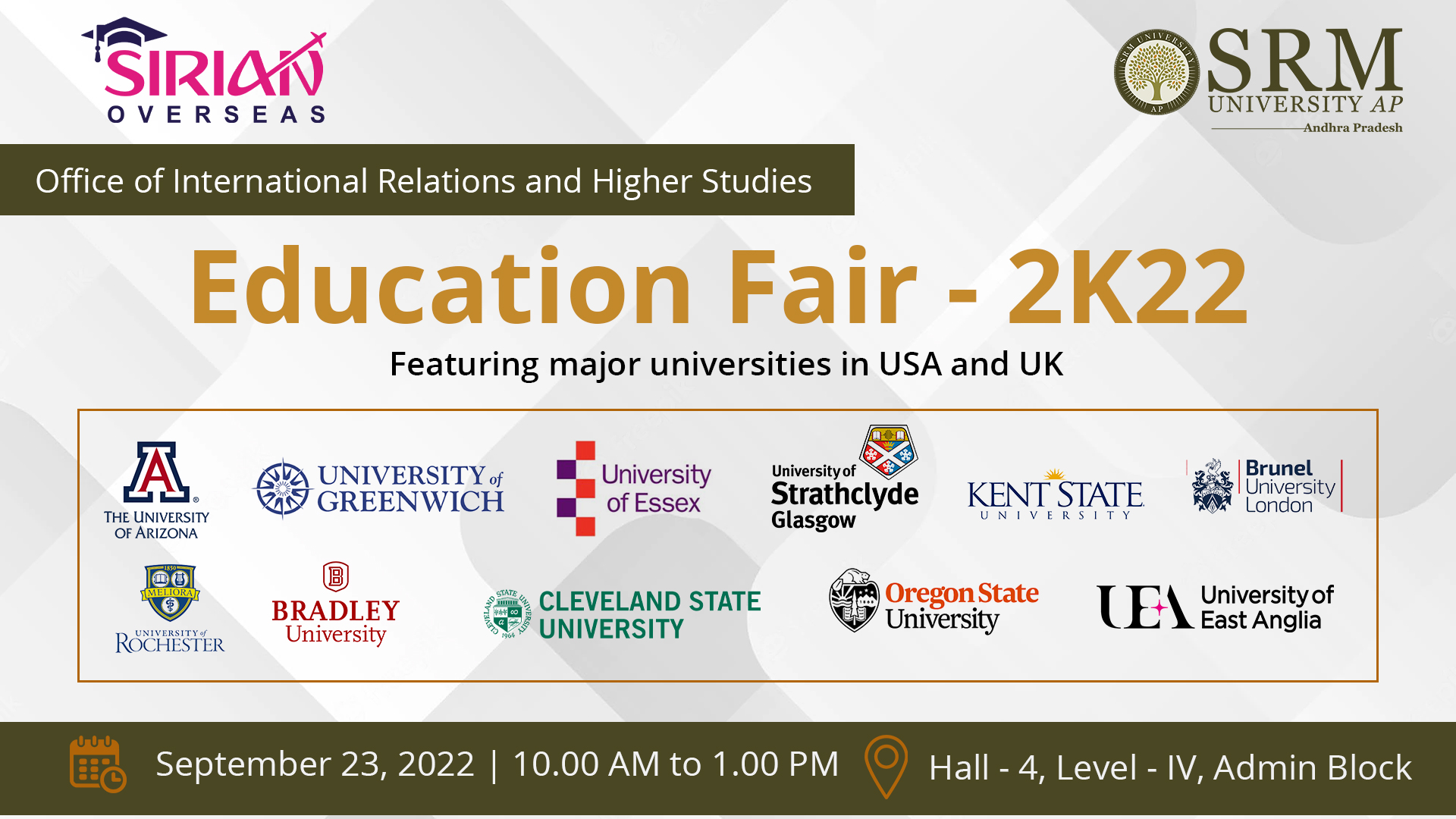- Blockchain Technology and its applications. September 22, 2022
 Blockchain is a digital ledger of any transactions or contracts that need to be independently recorded. This technology underpins digital currency transactions. It can be utilised in many industries, including Financial Services, Healthcare, Government, Travel and Hospitality, and many more. The Blockchain club of the Department of Computer Science and Engineering is hosting a webinar on Blockchain Technology and its applications.
Blockchain is a digital ledger of any transactions or contracts that need to be independently recorded. This technology underpins digital currency transactions. It can be utilised in many industries, including Financial Services, Healthcare, Government, Travel and Hospitality, and many more. The Blockchain club of the Department of Computer Science and Engineering is hosting a webinar on Blockchain Technology and its applications.Date: September 24, 2022
Time: 10.00 AM to 11.30 AM
Assistant Prof Dr Manoj Kumar V of the Department of Computer Science and Engineering, will handle the session. More than 130 participants will be attending the programme.
About the speaker
Dr Manoj Kumar V did his PhD from NIT Tiruchirappalli. He has teaching experience at VIT- AP university, Anjalai Ammal Mahalingam Engineering College, Tamil Nadu, and Mount Zion College of Engineering and Technology, Tamil Nadu. Internet of Things, Blockchain, and Cryptocurrency are his primary research interests.
Click here to join the webinar!
Continue reading → - Highly-stable amine-free CsPbBr3 PNCs for display applications September 22, 2022

The Department of Chemistry is glad to announce that Dr Nimai Mishra, Assistant Professor, along with his research group comprising PhD scholars, Syed Akhil, Manoj Palabathuni, Subarna Biswas, Rahul Singh, have published an article titled Highly-Stable Amine-Free CsPbBr3 Perovskite Nanocrystals for Perovskite-Based Display Applications in the journal ACS Applied Nano Materials published by the American Chemical Society, having an impact factor of 6.14.
Colloidally synthesised cesium lead halide (CsPbX3; X=Cl, Br, and I) perovskite nanocrystals (PNCs) often suffer from poor ambient and environmental stability conditions, limiting their practical applications. The commonly used surfactant oleylamine is converted to oleylammonium cation, which pulls out the halide anion from the PNCs surface, thus disrupting the nanocrystal’s structural integrity and stability.
The research group has developed a simple, completely amine-free colloidal synthesis with a hot injection method in open-atmospheric conditions and introduced bromooctane as a bromine precursor to overcome the above issues. These, as synthesized amine-free PNCs, showed a photoluminescence quantum yield (PLQY) of around 60 %, and the size of PNCs is ~25 nm. Moreover, these amine-free PNCs were highly stable in the colloidal solution and thin films for more than five months in ambient conditions, with 66% of its initial PLQY.
In addition, these PNCs have shown exceptional stability under different environmental conditions, with 44 % of initial PL even after 6 hours of water treatment and 28 % of initial PL under ethanol treatment for 120 minutes. Furthermore, it has exhibited excellent photostability for 96 hours and retained 36 % of its initial PL under ceaseless UV light irradiation at 365 nm (8 W/cm2). Additionally, these PNCs have good stability upon heat treatment and maintained 34 % of initial PL upon heating up to 90 ºC.
The research team has also successfully fabricated the green-emitting down-conversion LED using these amine-free PNCs. Thus, they visualize that these amine-free CsPbBr3 PNCs are perhaps the ideal candidates for perovskite-based display applications.
Continue reading →
- Molecular design to store solar energy September 22, 2022
 India has an ambitious target of achieving 300 GW of solar power by 2030. Conventional methods for producing solar power involve absorbing sunlight by a molecule and converting it directly into electricity. This is possible only during the daytime when sunlight is available. An interesting and complementary prospect is storing the absorbed solar energy by converting it into a different form of energy, such as chemical energy, which can then be transformed into electrical energy when sunlight is not available during the night-time.
India has an ambitious target of achieving 300 GW of solar power by 2030. Conventional methods for producing solar power involve absorbing sunlight by a molecule and converting it directly into electricity. This is possible only during the daytime when sunlight is available. An interesting and complementary prospect is storing the absorbed solar energy by converting it into a different form of energy, such as chemical energy, which can then be transformed into electrical energy when sunlight is not available during the night-time.To realise this prospect, Assistant Professor Dr Baswanth Oruganti from the Department of Chemistry has designed a molecule that can absorb solar energy and convert it into the chemical energy of the bonds. His paper titled Modulating the Photocyclization Reactivity of Diarylethenes through Changes in the Excited-State Aromaticity of the π-Linker has been published in the Journal of Organic Chemistry, on Cover Page, with an impact factor of 4.2. He is both the first author as well as the corresponding author of the article. For this project, he has collaborated with Prof Bo Durbeej, Division of Theoretical Chemistry, Department of Physics, Chemistry, and Biology (IFM), Linköping University, Sweden.
Abstract
In recent years, the concept of excited-state aromaticity and its applications in photophysics and photochemistry has attracted considerable research interest. Our study uses quantum chemical calculations to systematically investigate if the photocyclization reactivity of diarylethene switches can be controlled by the excited-state aromaticity of the ethene bridge. Indeed, we demonstrate that these switches can be transformed from being highly reactive to completely non-reactive by changing the excited-state character of the bridge from anti-aromatic to aromatic.
Generally, molecules tend to move from a high-energy state to a low-energy state, as the lowering of energy increases the stability of the molecule and makes it chemically less reactive. In contrast, the present study shows that it is possible to chemically transform a molecule from a low-energy (aromatic) state to a high-energy (non-aromatic) state by absorption of light. This reaction occurs via a high-energy (anti-aromatic) electronically excited state of the molecule induced by light and has potential applications for storing solar energy in the form of chemical energy.
One challenge in the design of molecular solar energy storage systems, such as the diarylbenzene designed in the study, is that it is difficult to store solar energy for a longer period due to the instability of the newly formed chemical bonds at room temperature. To store solar energy for a longer period, one needs to compromise on the amount of energy stored in the bonds. In this regard, in the future, researchers are planning to optimise their molecular design by finding the right balance between the amount of solar energy stored and the time period for which it can be stored.
Continue reading → - Data is the new oil: The Fundamentals of Linux and Data Analytics September 21, 2022
 Connectivity and data are the substrata of the fourth industrial revolution. From tip to toe, the job market is data-driven and requires more IT support than ever. There is a massive demand for data analysts in the industry, and organisations hire them in bulk as they deal with data daily. The Directorate of Corporate Relations and Career Services is conducting a workshop VOIS for Tech- The Fundamentals of Linux and Data Analytics to discuss its various aspects. Mr Abdul Aziz Md from EDUNET Foundation will be guiding the workshop.
Connectivity and data are the substrata of the fourth industrial revolution. From tip to toe, the job market is data-driven and requires more IT support than ever. There is a massive demand for data analysts in the industry, and organisations hire them in bulk as they deal with data daily. The Directorate of Corporate Relations and Career Services is conducting a workshop VOIS for Tech- The Fundamentals of Linux and Data Analytics to discuss its various aspects. Mr Abdul Aziz Md from EDUNET Foundation will be guiding the workshop.Date: September 22&23, 2022
Time: 9.00 AM to 5.00 PM
Venue: ALC 4 Level 4 – Admin Block
About the speaker
Abdul Aziz Md joined EDUNET Foundation on March 2022 as a Master Trainer. He has completed an MTech in Artificial Intelligence from the University of Hyderabad, Hyderabad. He has 8+ years of experience in academics and research. His Areas of Interest are Artificial Intelligence, Machine Learning, Deep Learning, and Computer vision. He worked as an Assistant Professor at the CSE department of Rajiv Gandhi University of Knowledge Technologies (RGUKT), RK Valley campus, Andhra Pradesh, before starting his journey with the EDUNET Foundation.
Continue reading → - Navigate your tomorrow today: Education Fair 2022 September 21, 2022
 International education equips students with a broader worldview and firsthand experience of various cultures. It multiplies career opportunities and personal connections. Recognising the significance of higher education abroad isn’t enough; one must know how to get into the dream institution. The Office of International Relations and Higher Studies is yet again ready to assist students in navigating the different career options they will encounter in the higher education spectrum. Bringing the Education Fair 2022 to provide thorough guidance about the universities and programmes awaiting you across the globe.
International education equips students with a broader worldview and firsthand experience of various cultures. It multiplies career opportunities and personal connections. Recognising the significance of higher education abroad isn’t enough; one must know how to get into the dream institution. The Office of International Relations and Higher Studies is yet again ready to assist students in navigating the different career options they will encounter in the higher education spectrum. Bringing the Education Fair 2022 to provide thorough guidance about the universities and programmes awaiting you across the globe.Date: September 23, 2022
Time: 10.00 AM to 1.00 PM
Venue: Hall- 4, Level- IV, Admin Block
The Education Fair offers a golden chance to explore a diverse range of study programmes with our vast network of partner universities which can accommodate students from any educational background. Major USA and UK universities are participating in this greatly anticipated event. Highly experienced university representatives will be present on the occasion to pour light into the students’ higher education dreams.
Join the education fair and set the right direction for a better future!
Participating universities
• Bradley University – USA
• Cleveland State University – USA
• Oregon State University – USA
• Kent State University – USA
• University of Arizona – USA
• University of Rochester – USA
• University of Strathclyde Glasgow – UK
• University of Essex – UK
• Brunel University, London – UK
• University of East Anglia – UK
• University of Greenwich – UK
Continue reading →

